From Consoles to Steam: Lessons Learned and Questions Raised from LIGHTFIELD
This post was originally posted on Gamasutra
tl;dr
Here are a few of the things we learned in the past 9 months between the initial console launch and launching the HYPER Edition on Steam next week. But it is not only things we learned, but also questions that came up that we still can’t answer.
Background
In September last year (2017) we released LIGHTFIELD on PlayStation 4 and Xbox One. We are a small 4-person team based in Vienna, Austria and this was our first game project as our company Lost in the Garden.
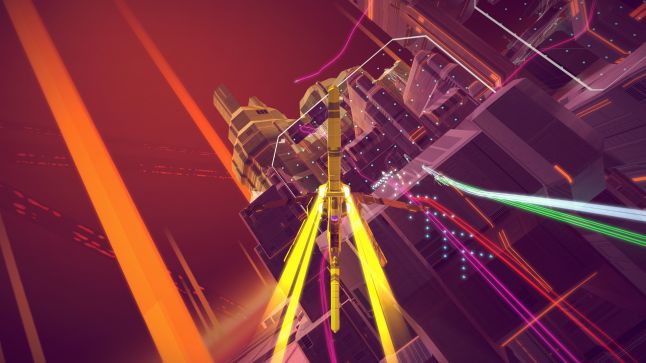
We had a couple of years of relevant experience in games and related fields but we never did a project on this scale all on our own from concept to publishing. Production of Lightfield up until the release took about 2 years with a total budget of about 400k EUR. This was made possible by a development grant we received from the public funding body Vienna Business Agency and a large part of the budget was financed by our own time and labour.
Following the collective wisdom, we initially targeted a Q1 for the first console launch and then having the second console launch about 3 months later. Our timing slipped a little and from many sides we heard the recommendation to make a simultaneous launch on PS4 and Xbox. Thus everything was pushed back and also implementing multiplayer took quite a bit longer than expected.
We finally launched on PS4 and Xbox One simultaneously in late September. Launch performance was below our hopes and expectations, even though the volume of press coverage did not feel too bad. Since the launch we kept working on the title, adding online multiplayer matchmaking, improving performance and also some tweaks and fixes.
Additionally we went through all the feedback and started working on a very significant content update that adds a full campaign mode and trick system among other things. This heavily extended version that we are now bringing to Steam on July 31 is called the “Lightfield HYPER Edition” and it will also come to consoles as a free patch.
Lessons learned
Overly Ambitious
It’s a classic! Not sure if this plagues indies more than other teams, but of course we wanted to innovate everywhere. We tried to avoid all the classical tropes, not to reproduce existing games and create something totally new…
What we learned though was that this sounds all very good (innovation is good, right?) but the mistake we made was that we lost the focus on the actual players. Innovation does not always equate fun, and the innovation at the game side often takes some time to be learned and understood at the player side. But as a player, maybe I don’t want to learn all that new stuff and maybe all I want is to simply enjoy something that I am already familiar with. If I enjoy the racing game genre, then really what I want is to enjoy a racing game when I pick one up.
What we were lacking was the appreciation of all the context the players already learned and know by playing games for the past X years. The lesson learned here is that we should have used what is there and then build on top of it, instead of the more radical tabula rasa approach we thought was golden.
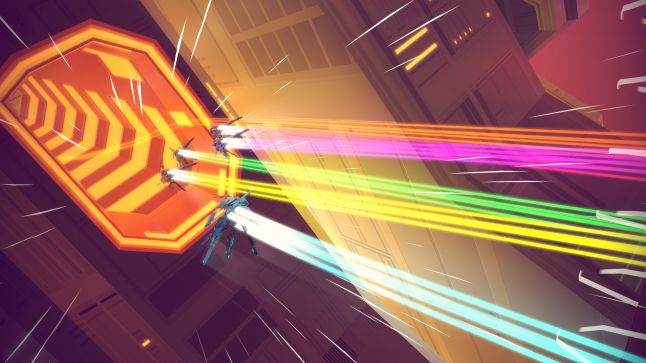
Not Enough Game
One concrete example of this is the way the game was set up initially. We had the ideal that everything was very free form, and free flowing. We wanted to avoid menus as much as possible and players could go in and out of modes all the time. We tried to avoid everything that looked like a proper structure, an approach that was more suitable to designing toys but less so for racing games. The idea was that if the core gameplay allows any play style, then the rest will follow.
The problem was that this turned out to be ‘not enough game’ in the end. Even though players ‘could’ play any way they wanted, many players want to play games instead of playing with a toy.
The game was lacking the structure most players are expecting. An issue of ‘what can I do here’ and ‘what am I supposed to do next’. We we also missing structure for game sessions that are longer than one time trial lap. Providing small goals and closure for a game session.
What we now have tried with the HYPER Edition was to add this much needed structure. But not turn the game 180 degrees around but to add it as an additional way of playing. We added a fully structured campaign mode that consists of a large numbers of smaller and larger challenges and we also added an explicit trick system. But if all this added structure isn’t your thing, then you can still enjoy most of the game in its free flowing form.
Testing at Events and Conferences is Bad Throughout the development we’ve traveled a lot and have been to most of the important events in the US, Europe and Asia. To some extent, we thought of those events as a very good testing opportunity for our game. Lots of visitors with varied backgrounds and people who don’t always feel obliged to only say nice things about the game.
We learned a lot there, but the mistake we made was that the setup only focused on the core mechanic of the game. Players liked the looks and how it played, so that blind spot of too little ‘game’ and ‘structure’ only grew.
The lesson learned for us is to try to test the game in more realistic settings. This takes a lot of time (for the team and the testers) but it is essential to discover structural problems in the game.
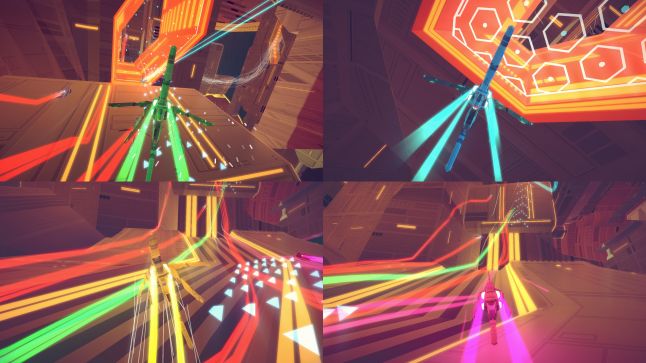
What is Your Game and How to Communicate it
Finding out what the game actually was that we were working on was surprisingly difficult. We all started with a shared vision of what we wanted to achieve, but the more you work on it and the closer you get, the harder is it to answer the following questions: What is the game ‘actually’ about, who’s gonna play it, how and why? We often discussed how ‘hard-core’ or ‘casual’ the gameplay should be, but I’d argue now that these questions already miss the point.
Having to communicate and explain your game to others can help to see this problem better and to get a glimpse of the outside-view of the game in contrast to your own, idealised internal view on the game.
Up until now we still struggling with describing what Lightfield ‘is’ in a concise way. Of course this is a naturally hard thing to do, because the games we want to make are non-trivial, new and innovative but something that we maybe should have put more energy in. Not only to have good sounding PR material but also to better understand the game you are making before you start reading the really outside view in reviews and comments about the game.
Expectations Management and Reviews
This nicely leads into the next area. Given that you have some understanding of your game, how can you prime players and reviewers that they look at it through the same lense as you?
The reviews we received for Lightfield from larger and smaller sites (Famitsu, IGN, Destructoid, etc… ) were very mixed. We had some very positive reviews and almost all (good and bad) credited us for the innovative core gameplay but some also contained justified criticism that resulted in lower scores. I am not trying to find excuses for lower scores here (… but, but, our game is great!) but instead to highlight the lesson learned:
What we saw in some reviews was that the review scores correlated with the lens the reviewer apparently used to look at the game. Looking through the ‘Wipeout clone’ lens was not very exciting because the game is simply not Wipeout. Looking through the ‘innovative indie’ lens proved much better, but then missed some of the structural deficits.
This is of course an oversimplification but showed us the importance of managing expectations of the game properly. What are the games people will compare it to and what is their scale of measurement? What are players and reviewers expecting from a 20 dollar game compared to a 15 or 25 dollar game? Looking at the screenshots of the game, what will people expect? A Wipeout clone, something else…?
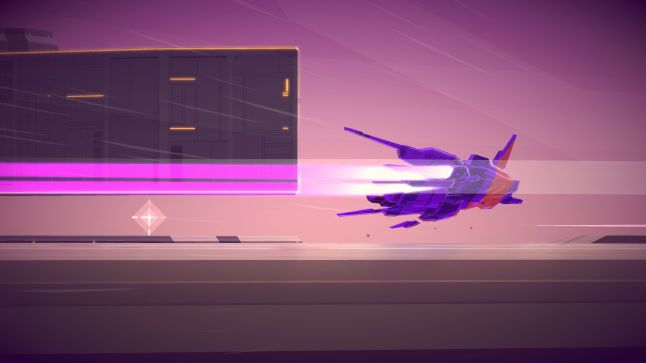
Hidden Complexity
To briefly also touch the technical side, the main problem we had (besides online multiplayer of course) was hidden complexity in the game. Hidden in the sense that we didn’t realise that complexity was an issue until it was way too late.
Our free flowing gameplay approach means that players can switch between most modes fluidly without going into any menus. It is not separate game modes but everything packed together in one where you could do everything. Combine that with our local multiplayer approach where players can join and leave pretty much any time (there is no separate local multiplayer mode) and you end up with a myriad of different edge cases and code paths with many ifs and elses.
All that is really awesome when it works smoothly for the player but a real pain to maintain.
Everyone was Genuinely Friendly
Overall I have to say that we had a very good time developing Lightfield. Releasing on consoles is hard and complex, but the platform holders were really trying to help us as much along the way as possible.
All the individual people that we were in contact were all really nice and genuinely friendly. And of course also all the other indie developers we met along the way. It it a really good community (locally in Austria and also world wide) and we always felt welcomed.
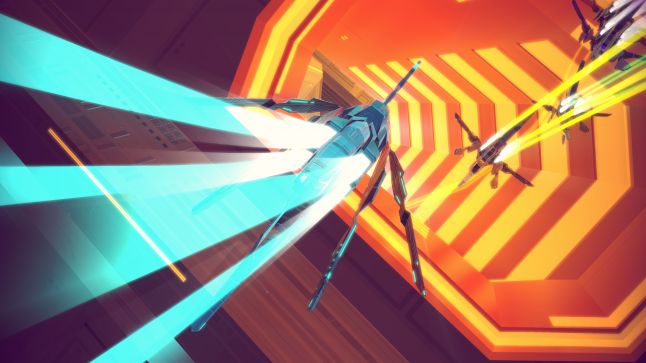
Questions Arising
Now to the tricky part. Questions where we don’t have the answers to yet. Raising more questions might not seem very fruitful, but it is very important for us because knowing what you don’t know and being able to formulate a question are very important first steps along the way.
Online Multiplayer, is it Really Needed? When we started with Lightfield, we wanted to skip online multiplayer all together and focus on single player and local multiplayer. The more we spoke with other people, especially also platform holders, the more we heard about player retention and how important it is to have online multiplayer. In an idealised way, it provides players with an infinite amount of content and replayability, so everybody likes it.
Reviews usually always mention the online multiplayer feature, or lack thereof, but I also suspect that most reviewers don’t actually try these modes. Not because they don’t care but due to the practical fact that there usually is no one to play against pre release (unless you organise time slots). Even post release, for smaller indie titles like ours the question is also, will there be enough players available for online multiplayer at one time?
So the question for us is, is online multiplayer really needed for Lightfield. Could we have spent the development time somewhere else, or would everybody criticise us for not having it? Would we have made a release date before summer and how much would that have changed?
Effects on our Launch Performance One of the biggest questions for us is to better understand the things that affected our launch performance. I am sure that it is not one singular factor, but rather a complex combination of many. Here’s a selection that might have been relevant:
Being a new studio, nobody knew us when we started. At launch we had a couple hundred followers on twitter, but it always felt that we were confined to this small bubble, struggling to reach beyond it. Not having a known name also makes it harder to rise above the noise both with press and players.
We launched very late in Q3, a time most people deem already too close to the holiday season and all the big game releases. Would a Q1 release have been much different?
At launch the game was priced at 19.99 USD/EUR but we are now dropping to 14.99 for the HYPER Edition. Would press and player expectations have been different if we launched at at that lower price?
The time and budget we had for launch PR was limited. We worked together with Thomas Reisenegger but still reaching players and being heard proved very hard. Would more internal PR resources have helped the launch?
Right at launch we received a lackluster review from a larger site. Did this impact some of the other reviews, setting a collectively agreed bar for the game? To what extent are reviewers primed when seeing other review scores before starting their own review?

The Good Bits
Lessons learned tend to be rather negative sounding most of the time. I’d thus like to briefly touch on a few things that went well:
We took a game from concept all the way through production and publishing, and with all the additions in the HYPER Edition, we are really proud of it. We survived as a team, and even though stressful at times, we still speak to each other and are still friends. We even kept working on it post release, to prove the point that we can also sustain it post release and also to continually expand and improve it, but more importantly, to turn it into the game that lives up to our own expectations and that we can be really proud of.
Next
With the HYPER Edition we tried to use all those lessons learned and turn them into something beautiful. On July 31, 2018 an new chapter begins and I am sure we will learn a few more lessons.
Find the game on Steam!
Feel free to reach out to us in the comments below of in the social network of your choice!
All the best from Lost in the Garden! Raimund, Julia, Matthias, Simon
